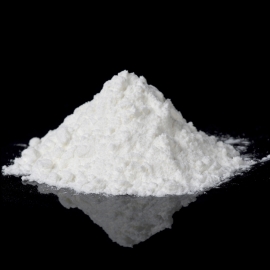
Most cocaine won’t come with a “nutrition facts” list, but if it did, consumers might be in for some unsavory surprises. To bulk it up, dealers often mix the drug with cutting agents, anything from baby powder to caffeine to cockroach killer. In a Q&A video (below), toxicologist John Ramsey tells Global Drug Survey that any “easily available white powder” is often used, including sugars, like lactose or glucose, and creatine, a common bodybuilding supplement. Anesthetics like benzocaine and phenacetin are often thrown in to simulate the drug’s numbing effect, but can also cause kidney and liver damage. Even boric acid—a household cleaner also used to kill cockroaches—may be mixed in to give the drug a whiter color. Another common additive is caffeine—but not the kind you find in your office coffee pot. “Caffeine in drinks is fine… your espresso will contain 100 milligrams of caffeine, but when you get it as a white powder, a fine powder, it’s a different issue,” Ramsey explains. “A gram of caffeine is really nasty—apart from its stimulant effects it can cause vomiting and all sorts of other unpleasant effects which can put you in the hospital.” So how do cocaine consumers know if their product is pure? Since these additives blend in with the white powder, it’s difficult for most to know what they’re actually snorting, unless they have a chemist on hand.
